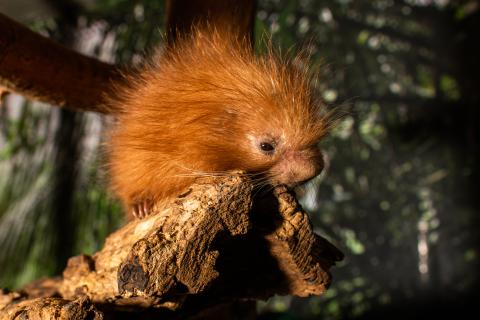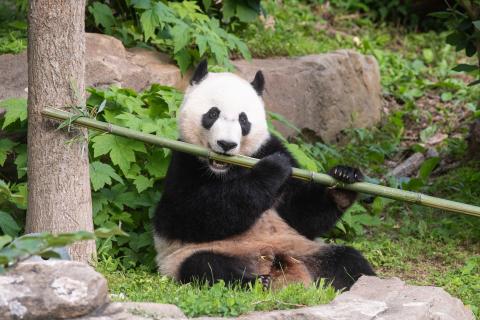News
Displaying 701 - 725 of 2300

November 29, 2019
A Conversation about Animal Cognition

November 27, 2019
Bei Bei Has Settled in at Bifengxia and the Panda Team is Back!

November 22, 2019
Media Advisory | Flip the Switch: ZooLights, Powered by Pepco

November 19, 2019
Giant Panda Bei Bei Departs Smithsonian’s National Zoo for China

November 18, 2019
ZooLights, Powered by Pepco, Begins Nov. 29

November 16, 2019
Media Advisory: Farewell Celebration for Giant Panda Bei Bei

November 08, 2019
Snapshot: Bei Bei in Pictures

November 08, 2019
Prehensile-Tailed Porcupine Born at the Smithsonian’s National Zoo

November 08, 2019
Bei Bei’s Most Memorable Moments at the Zoo

November 08, 2019
A Day in the Life of a Giant Panda Keeper

November 01, 2019
Under (Blood) Pressure: Monitoring Heart Rates in Zoo Primates

November 01, 2019
Answering the Call for Bobwhite Quail

November 01, 2019
Bird is the Word

November 01, 2019
Keeping Up with the Great Cats: Lion Pride Edition

October 29, 2019
New Emperor Tamarins On Exhibit at the Smithsonian’s National Zoo

October 24, 2019
Lesser Kudu Born at Smithsonian’s National Zoo

October 22, 2019
Hiding in Plain Sight: Tracking the Long-billed Curlew

October 18, 2019
Giant Panda Bei Bei Moving to China Before the End of the Year

October 18, 2019
Why are Sloths So Slow? And Other Sloth Facts

October 18, 2019
Bei Bei’s Departure FAQs

October 17, 2019
Science Snapshot: Animals on Candid Camera

October 09, 2019
Why Fall is the Best Time to Go to the Zoo
October 09, 2019
Two Young Aldabra Tortoises Move to the Smithsonian’s National Zoo

October 04, 2019
